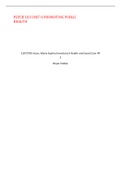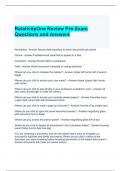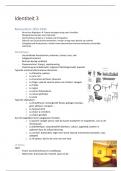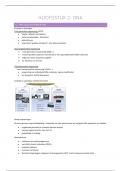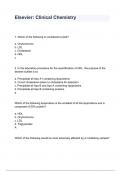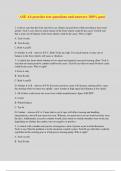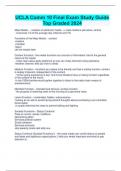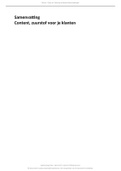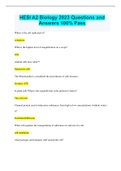Tentamen (uitwerkingen)
PSYCH 103 UNIT 8 PROMOTING PUBLIC HEALTH,100% CORRECT
- Vak
- Instelling
PSYCH 103 UNIT 8 PROMOTING PUBLIC HEALTH Inton, Maria Sophia Ernestine L3 Health and Social Care YR 2 Bryan Smikle Introduction What is Public Health? According to Smith and Jacobson, 1988, public health ‘involves the promotion of health, the prevention of disease, the t...
[Meer zien]
